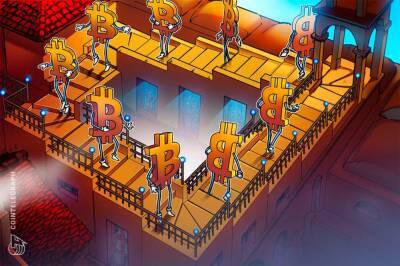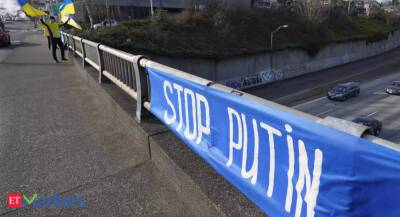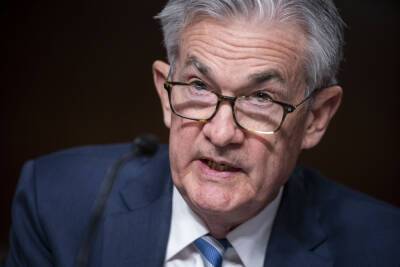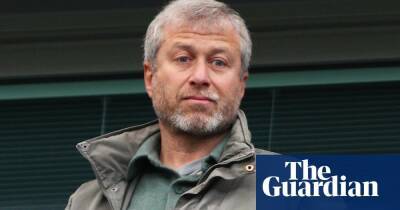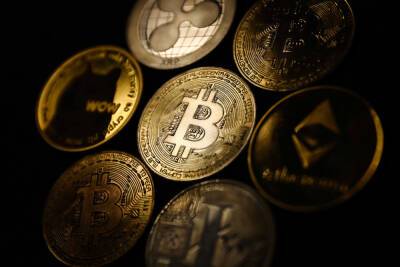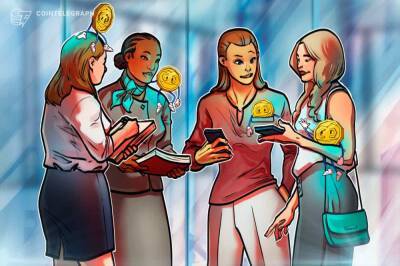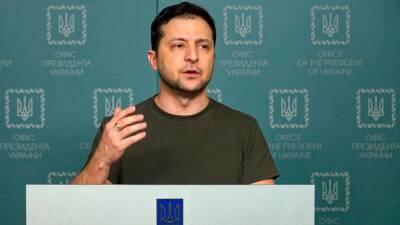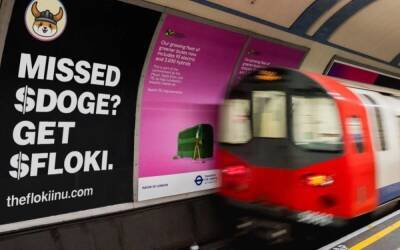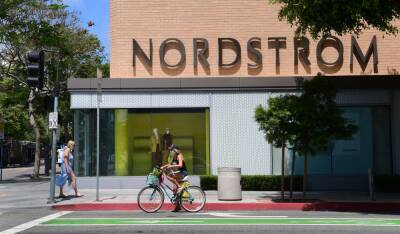Cuba has been under US embargo for 60 years. It’s time for that to end
“There is no embargo on Cuba.” This bold claim – made by Florida senator Marco Rubio on the floor of the US Senate last July – has quickly hardened into conventional wisdom across aisles of US Congress and among Rubio’s base of support in the Cuban diaspora. The US blockade is a myth, a bogeyman for the Communist party of Cuba. “Cuba is not isolated,” Rubio said. Those who say otherwise either “don’t know what they’re talking about … or they’re liars. Those are the only two options.”
Here in Havana, though, the isolating effects of the US embargo are impossible to ignore. The docks are half-empty: the US has banned all cruise ships, cultural exchange and educational delegations that once drove the largest industry on the island. The Western Union branches are shuttered: the US has banned all remittances through Cuban firms and their affiliates to the millions of Cuban families that rely on assistance from abroad. The hospitals are understocked: the US embargo has forbidden the export of medical technology with US components, leading to chronic shortages of over-the-counter medicine. Even the internet is a zone of isolation: the US embargo means that Cubans cannot use Zoom, Skype or Microsoft Teams to communicate with the outside world.
In short, the US embargo impacts every aspect of life on the island – and that is the precisely the point. Sixty years ago on this day, President John F Kennedy introduced Proclamation 3447, Embargo on All Trade with Cuba, designed to isolate Cuba and stop the spread of so-called Sino-Soviet Communism “Every possible means should be undertaken promptly to weaken the economic life of Cuba,” the assistant secretary of state, Lester D Mallory, wrote in an April 1960 memo. The goal of the
Read more on theguardian.com


